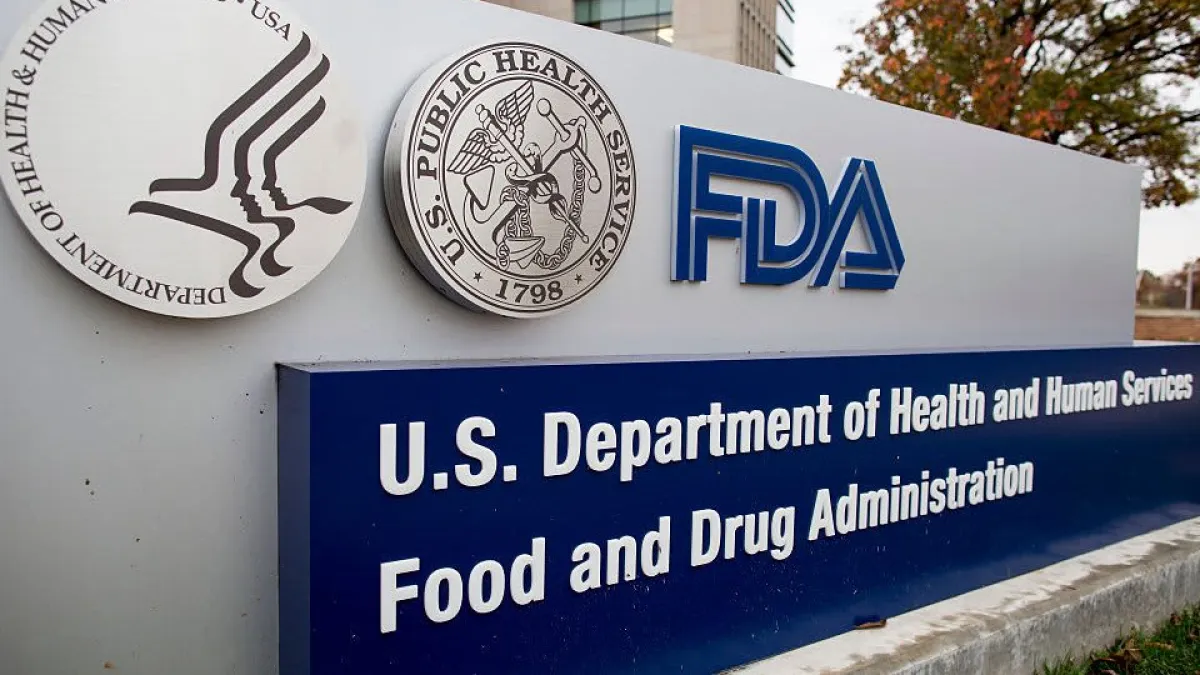FDA Proposes Front-of-Package Nutrition Labels for Packaged Foods

Today, the U.S. Food and Drug Administration (FDA) announced a significant initiative to enhance consumer access to nutritional information by proposing mandatory front-of-package (FOP) nutrition labels for most packaged foods. This measure aligns with the agency's broader goals of addressing America's chronic disease crisis, largely attributed to excessive consumption of saturated fats, sodium, and added sugars — nutrients directly associated with diseases when consumed in excess.
The new FOP label, also known as the 'Nutrition Info box,' will inform consumers about the levels of saturated fat, sodium, and added sugars in their food, denoted as 'Low,' 'Med,' or 'High.' This complements the existing Nutrition Facts label and offers real-time guidance for making healthier food choices.
Chronic diseases, such as heart disease, cancer, and diabetes, are leading drivers of U.S. healthcare costs, totaling $4.5 trillion annually. With 60% of Americans affected by at least one chronic condition, the FDA's proposal is a strategic response to this pressing health crisis.
'The science on saturated fat, sodium, and added sugars is unequivocal,' asserted FDA Commissioner Robert M. Califf, M.D. 'Implementing FOP nutrition labeling will empower consumers to make informed decisions quickly, contributing to overall public health improvements.'
The proposed labeling initiative was informed by extensive FDA research, including consumer focus groups, a scientific literature review, and an experimental study involving 10,000 U.S. adults. Findings indicated that the black-and-white scheme featuring percent Daily Values was most effective in guiding healthier food choices.
'Food should enhance wellness rather than contribute to chronic diseases,' noted FDA Deputy Commissioner for Human Foods Jim Jones. 'The new labeling could prompt manufacturers to make their products healthier.'
This proposal is part of a broader government strategy to reduce diet-related diseases by 2030, complementing other FDA initiatives like updated 'healthy' claims and voluntary sodium reduction targets. If the rule is finalized, food manufacturers would need to comply within three to four years, depending on their annual sales.











